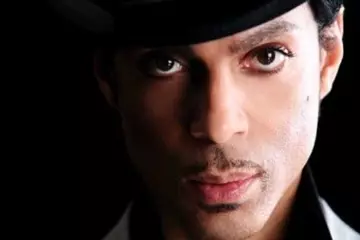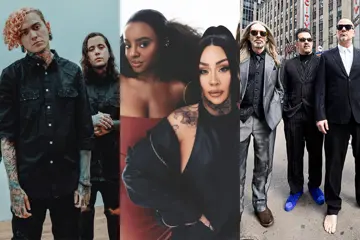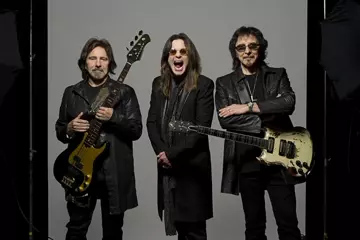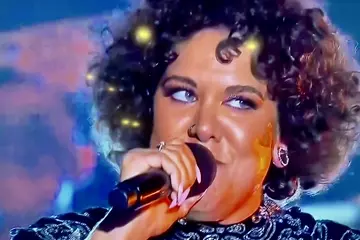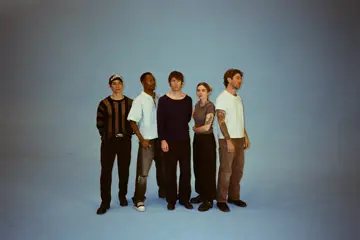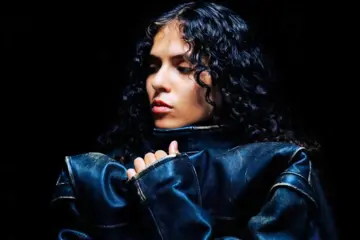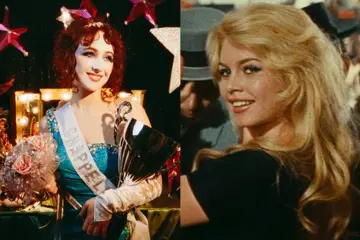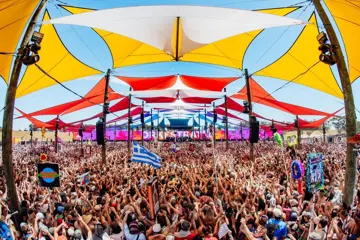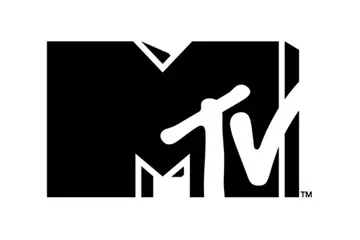There are 16.6 million Australians who subscribe to a music streaming service. But they are spending less time on what they’re paying for, according to the just-released Digital 2024 Australia report.
As of January 2024, Australians spent one hour and 26 minutes on music streaming services each day. This was down 13 percent, or 12 minutes, from last year. According to the study, released through creative agency We Are Social with media monitoring firm Meltwater, there seems to have been less time spent on other popular pursuits too.
Listening to radio counted in at one hour and one minute, down by ten minutes or 15.2 percent. The average time earserving podcasts was 42 minutes, which snipped 20 minutes from last year. Time on game consoles slipped by 30 percent. Even time spent on social media clocked in at one hour and 51 minutes, down 13 minutes which represented a 19.6 percent drop. It can be assumed that as more brand products and services aim themselves at social media consumers, they are enticed away to check these items.
Digital 2024 Australia highlighted the growing importance of digital in Australia. There are now 25.21 million internet users, representing 95 percent of the adult population, with average digital use now at 6 hours 14 minutes per day. That included the near-two hours on social media, which reaches 86.5 percent of the population (20.80 million).
Don't miss a beat with our FREE daily newsletter
The decreased time of engagement with music streaming platforms does not suggest a lessening of the importance of music streaming in fans’ lives. The Digital Media Association’s DiMA Fan Engagement Report 2023 emphasised how music streaming outranked all other music platforms.
Its survey of consumers attributed this to their being allowed to customise based on preferences (61 percent), compatible devices (58 percent), number of tracks available (57 percent), the chancer to discover new music (57 percent) and access to a wide range of genres (56 percent).
Streaming services continue to upgrade their offerings. In recent weeks, for instance, Spotify pacted with live event discovery platform Bandsintown for its 236 million subscribers and 602 million active monthly users to find new concert and festival experiences. Apple Music, in the meantime, advanced its popular ‘Replay’ feature by introducing a monthly version alongside the existing year-in-review experience, offering customers a more detailed and personalised look at their listening habits.
DiMA Fan Engagement found that compared to non-streamers, streamers will listen to and buy more music; more likely following acts on social media and attending concerts, and spending 1.5 times more a year. Through streaming, they were introduced to Americana (74 percent), Afro-Pop/Afro-Beats (73 percent), K-Pop (68 percent), and Latin music (55 percent). 32 percent expanded the number of genres they listened to.
Social Media
The We Are Social/Meltwater narrative revealed that in Australia, TikTok dominates social media time, but based only on the usage of Android mobile users. It has an average monthly usage of 42 hours and 13 minutes (or one and half hours per day), almost double that of second place-getter YouTube, with 21 hours and 36 minutes per month.
Despite its lesser hold on user’s time, Facebook was still the top social a platform in terms of reach, with 16.65 million users (66 percent of internet users).
Australians stand out with Snapchat. It is the country’s sixth most popular social media platform, with 7.75 million users. Comparatively, India has the most Snapchat users (182.35 million), then the US (108.8 million), Pakistan (26.35 million), France (24.7 million) and the UK (23.15 million). Australia ranks 15th in the Snapchat world. But as far as major markets are concerned, Australians spent the most time on it, with 17 hours and 2 minutes or an average use of 20 times a day. 95 percent of global Snapchat users say it makes them feel happier.
Suzie Shaw, CEO at We Are Social, said: “The data in this year’s report speaks volumes about how integral digital platforms have become in the daily lives of Australians. With almost all of the population active on social media, it’s clear that these platforms are no longer just an option but a necessity for brands to connect and engage with their audience.
“The remarkable surge in TikTok usage is proof of its evolution from an ‘emerging platform’ to a pivotal channel. With its engaging content and sophisticated algorithm, TikTok captivates users’ attention like no other platform. Creators can be powerful allies for brands on the platform, boosting their cultural clout, helping them reach new audiences and influencing people’s choices. But TikTok is different from any other social platform. Marketers must grasp its nuances to capitalise on its immense potential.”
The music industry has long understood the importance of social media. MusicWatch data has 63 percent of users discovering new artists on it, with almost 60 percent going to streaming services after seeing a post or tweet about an act. 36 percent of users are aged between 13 and 24, with 75 percent watching music videos, 69 percent listening to music on AM/FM radio, and 35 percent paying for a music streaming subscription.
But the growing popularity of TikTok (up 17 percent to nearly 10 million in Australia) changes the game somewhat. 13-to-39-year-olds say that’s where they find the most new music. Its algorithm continually get to know users better, to the point where it suggests things even before the fan realises they’ll like it. Next year’s figures will show the impact on TikTok’s importance to the music industry as the first place to music, as it’s now become a social media app and a streaming service.
It might grow by expanding the market rather than growing by stealing existing subscribers from other platforms. The new combination could generate the popularity where rather than buy the new music, fans could create duets with their idols as commonplace. TikTok’s parent ByteDance has the billions of dollars and a global power to become another alternative to the music industry. It could become its worst nightmare.
Digital Ad Spend
The We Are Social/Meltwater study put the total digital ad spend in 2023 at $13.46 billion USD ($20.539 billion AUD), up 6.8 percent from the year before. Social media account for 27.6 percent of digital spend, after a six percent year-on-year increase in spend, while spend in influencer advertising was up 15 percent, now accounting for 3.4% percent of digital ad spend. Spend in influencer advertising grew 15 percent, now accounting for 3.4 percent of digital ad spend.
The study added added: “Social media is also a key source of information about brands and products for 58 percent of users aged 16 to 64, making it a crucial channel for marketers to utilise as part of their marketing mix.”
Most of online spending by Australians takes up electronics, fashion, food, and beverages, with a substantial growth in travel and tourism. Flights were up 44 percent amount to over $10 billion ($15.26 billion). Hotel spend rose up 34 percent to almost $6 billion ($9.16 billion).
This month Spotify launched AUX, a new in-house music advisory agency for brands, to “counsel brands about how best to use music to enrich their campaigns and connect them with emerging artists to help them reach new audiences”.
Two Questions
Two questions remain about Australia’s social media hours. Did the rise of Snapchat’s popularity mean a reaction to social media becomes less about human interaction, and more about ultra-commerciality and influencers paid to promote products and services?
Secondly, will future reports on where people stream music deep-dive further. In late February, YouGov found that 21 percent (or 2.8 million) of Australian Netflix viewers admitted they watched it on the toilet. Netflix responded with a “Tudunny” pop-up experience which contained selfie-friendly spots inspired by popular shows Emily In Paris, Squid Game and Heartbreak High – complete with working loos.
It’d be interesting to see if Aussies adopt a similar approach with music streaming. They could add Canker’s Big Shit and Metallica’s Battery to their playlists, or it’d bring a new meaning to a song like Teddy Swims’ Lose Control or Taylor Swift’s Shake It Up.




